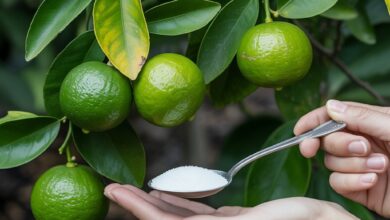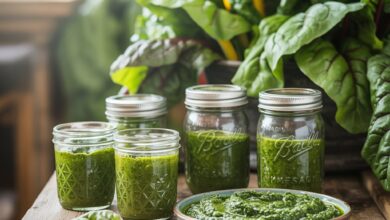Calendula: The Gentle Herb with Powerful Healing Benefits

With its bright orange and yellow blooms, Calendula officinalis—better known as pot marigold—adds cheerful color to any garden. But beyond its beauty, this humble flower has a long-standing reputation as one of nature’s most versatile healers. Used for centuries in herbal medicine, calendula offers powerful anti-inflammatory, antimicrobial, and skin-soothing benefits, making it a must-have for any natural wellness routine.

The Top Benefits of Calendula
1. Speeds Up Wound Healing
Calendula helps accelerate the healing of minor cuts, scrapes, burns, and insect bites. Its natural compounds support tissue repair and help prevent infection, making it an excellent ingredient in first aid creams, salves, and ointments.
2. Soothes Inflamed Skin
Whether you’re dealing with eczema, psoriasis, diaper rash, or general skin irritation, calendula offers gentle relief. It helps reduce redness, itching, and inflammation—and it’s mild enough for sensitive skin and even babies.
3. Fights Bacteria and Fungi
Thanks to its antimicrobial and antifungal properties, calendula can help combat issues like athlete’s foot, fungal rashes, and oral thrush. It’s effective against common pathogens such as Candida albicans, making it a go-to herb for natural skin and body care.
4. Supports Digestion and Liver Health
Drinking calendula tea or taking a tincture may help soothe gastritis, acid reflux, and mild stomach ulcers. It also supports healthy liver function by promoting gentle detoxification through increased bile flow.
5. Helps Regulate Menstrual Cycles
Calendula has mild emmenagogue properties, which can help stimulate menstruation and ease irregular or delayed cycles. It’s also known for relieving menstrual cramps and reducing premenstrual discomfort.
6. Boosts Lymphatic Drainage
By encouraging healthy lymph flow, calendula helps the body clear out toxins, reduce swelling, and support immune function—making it a natural choice for overall wellness.
How to Use Calendula at Home
Infused Oil or Salve (External Use)
Soak dried calendula flowers in olive oil for a few weeks, then strain. You can use the oil on its own or blend it with beeswax to make a healing salve. It’s great for dry skin, wounds, baby rash, and fungal issues.
Calendula Tea
Steep 1 teaspoon of dried petals in a cup of hot water for 10–15 minutes. Drink 1–2 times a day to ease gut inflammation or use the cooled tea as a gentle rinse for the mouth, eyes, or skin.
Tincture
A concentrated liquid extract used in small doses (diluted in water), calendula tincture supports digestion, immune health, and menstrual balance.
Soothing Baths and Compresses
Add a handful of dried calendula flowers to a warm bath to calm sunburned or irritated skin. You can also make compresses for swelling, minor infections, or varicose veins.
Important Precautions
- Avoid using calendula in high doses during pregnancy due to its mild menstrual-stimulating effects.
- People allergic to plants in the Asteraceae family (such as chamomile or ragweed) may experience mild skin reactions—always patch test first.
- For internal use or skincare, choose organic, unsprayed flowers to avoid pesticide exposure.
A Gentle Powerhouse in Herbal Healing
Calendula officinalis is one of those rare herbs that combines beauty, ease of use, and remarkable healing power. Whether you grow it in your backyard or buy it dried, it’s an herbal ally worth keeping on hand. From healing wounds to soothing inflammation and supporting internal wellness, calendula offers a wide range of benefits in one small, radiant flower.
Simple, safe, and incredibly effective—calendula truly earns its place in every natural medicine cabinet.





